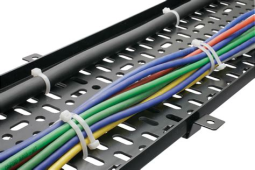Here 48 volt on charge is considered to be maximum 60 volts so it is required here, We have the toughest codes in the Country. Basically California has upped the NEC by dissecting it and issuing the CEC which fine tunes the NEC.
The CEC is based on the NEC but published one year later so the NEC 2020 becomes the CEC 2021
The CEC is based on the NEC but published one year later so the NEC 2020 becomes the CEC 2021



